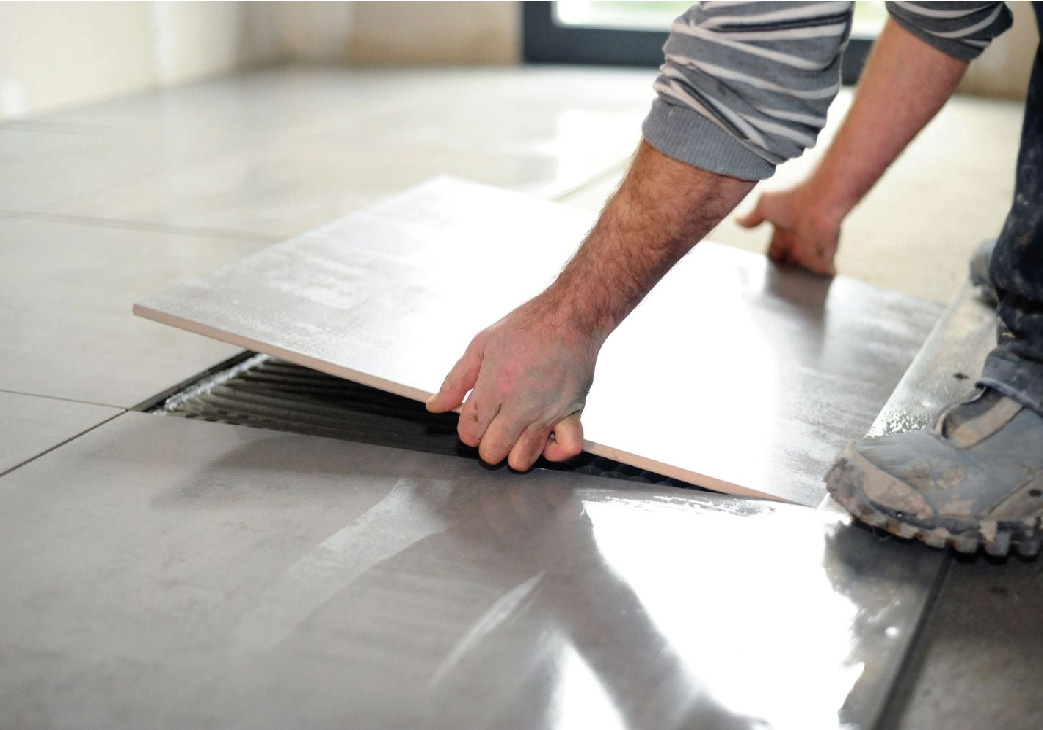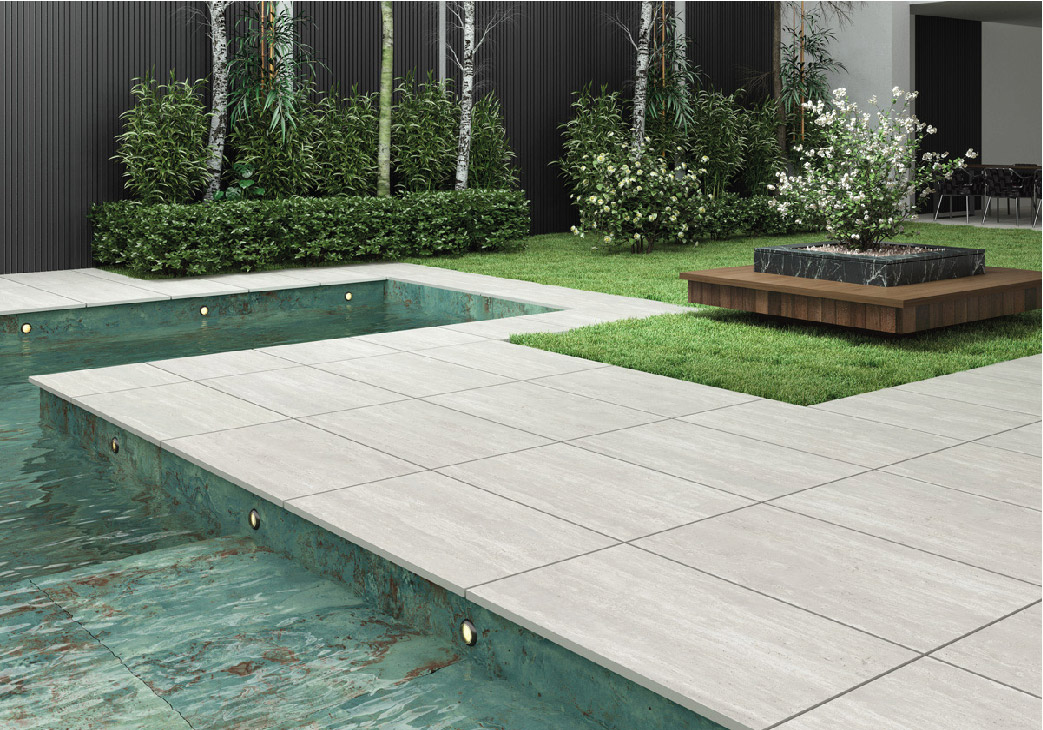INTERNAL & EXTERNAL TILING
Hover Engineering, those marvels of engineering that glide gracefully on a cushion of air, rely on intricate design details to achieve their impressive performance. Two crucial elements in Hover Engineering are internal and external tiling. Let’s delve into how these components impact Hover Engineering functionality and why they are vital.
Internal Tiling
Internal tiling might not be visible, but it’s the unseen hero of Hover Engineering technology. It primarily involves the design and arrangement of components within the skirt area, which plays a pivotal role in creating and maintaining the air cushion.
Ducts and Air Chambers : Hover Engineering skirts contain a network of ducts and air chambers. Proper internal tiling ensures the efficient distribution of air, contributing to lift and stability. Engineers meticulously plan these pathways to optimize performance.
Lift Fans : Some designs incorporate lift fans within the skirt itself. The internal tiling strategy encompasses precise placement and sizing of these fans to ensure optimal lift, especially in varying conditions.
Structural Reinforcements : The skirt’s internal tiling includes reinforcing structures. These reinforcements evenly distribute the Hover Engineering weight across the air cushion, guaranteeing stability and preventing sagging.
External Tiling
External tiling involves the materials and design of the skirt’s outer surface, the part that makes contact with the ground or water. Its choice is critical for both performance and durability.
Material Selection : Skirt exteriors consist of materials like reinforced plastics, rubber, and fabric. These materials are carefully chosen for their ability to withstand abrasion, resist water, and create a reliable seal against air loss.
Tile Arrangement : The arrangement of external tiles impacts performance. Tiling patterns are designed for stability, efficient lift, and precise control during maneuvers.
Sealing Mechanism : Effective external tiling is essential for creating a proper seal with the ground or water surface. This seal traps the cushion of air underneath, enabling lift and efficient operation.
In summary, internal and external tiling are integral to the performance and safety of hovercrafts. Careful engineering of these components ensures that hovercrafts can operate smoothly and efficiently, whether they’re gliding over water, ice, or land.
For those in the Hover Engineering industry, understanding the nuances of internal and external tiling can lead to innovations that make these remarkable vehicles even more versatile and capable. As Hover Engineering technology continues to advance, engineers will undoubtedly find new ways to optimize these critical elements for better performance and efficiency.


